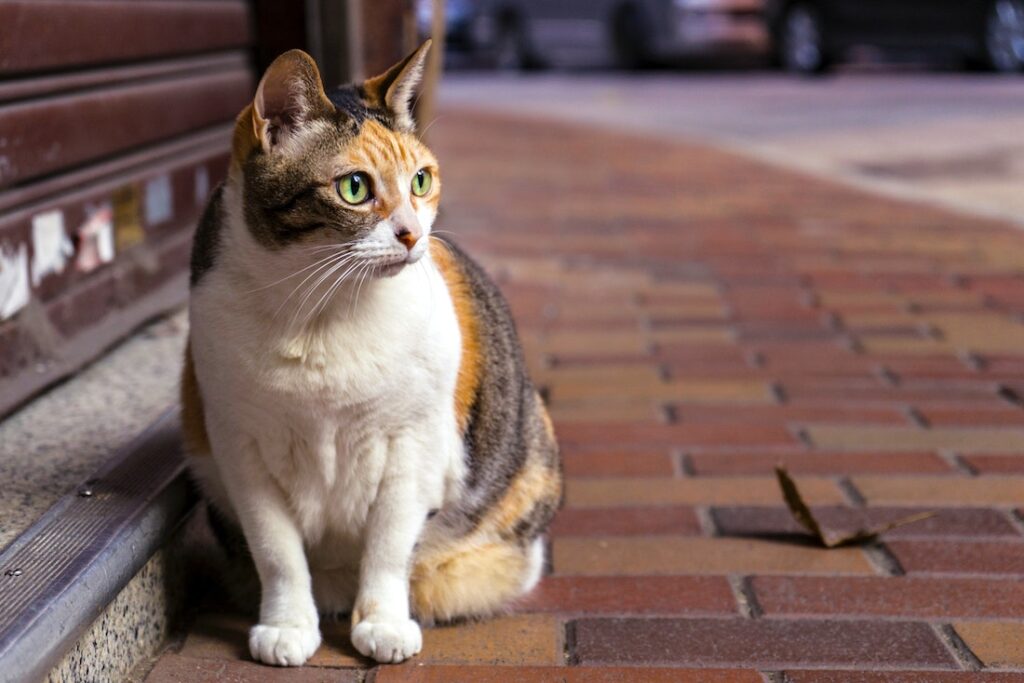A well-groomed cat is an adorable pet to have around the house. But besides regular brushing, can you shave a cat?
When your feline friend has matted hair, some wounds, or suffers excessive shedding of fur, what should you do? Can you shave a cat?
Read on to find out how to go about the issue.
Is it Cruel to Shave a Cat?
Many pet owners do ask themselves whether it’s cruel to shave a cat or not. However, unlike dogs, cats do have very thin skin. And trimming their fur close to the skin can be dangerous if you don’t do it professionally.
At the same time, unlike dogs that need regular shaving, cats don’t necessarily do. But that doesn’t mean it’s wrong to shave a cat.
It all depends on your motives, the condition of the cat, timing, and how you go about the trimming.
In short, although cats don’t necessarily need trimming of fur, there are circumstances when it becomes necessary.
So, if you have tangible reasons for wanting to shave your feline friend, do it the professional way or seek help from an expert.
Why Shave a Cat?
Here are the circumstances that necessitate shaving a cat:
 Presence of Wound or Skin Disease
Presence of Wound or Skin Disease
If your cat suffers from certain skin diseases or has wounds, shaving becomes a viable option. In such cases shaving part of the fur around the wound improves its cleanliness.
Moreover, after cleaning, accessing the wound to apply any medication then becomes easy.
Excess Matted Fur
The matted fur on a cat isn’t pleasing. It may lead to discoloration or cause a scar on the cat’s skin. You don’t need to shave your cat when she suffers less severe matting.
With a little patience and carefulness, you can untangle the matting through light combing. However, removing severe matt calls for shaving. Combing severe mats cause discomfort to the pet.
Excess Shedding of Fur
Usually, cats shed their fur a couple of times a year. Furthermore, the pets also manage the shedding through self-grooming.
But there are cases where some cats suffer excessive shedding. In such circumstances, you’ll find cat fur littering everywhere.
Further, such pets do swallow the excess fur during grooming and so suffer hairball problems. One possible solution to frequent hairballs and excess shedding of fur is trimming fur from your cat.
Obese Cats
Most cats don’t need a helping hand when it comes to grooming. But those that are advanced in age or obese, may fail to groom themselves adequately.
Such pets may be less flexible and so find some parts hard to reach. On such a ground you can assist your pet by shaving.
Hygiene Reasons
Sometimes after using the litterbox, a cat can end up with her wastes still clinging to her. One way to go around the problem is by partial shaving of the affected region.
However, it’s wrong to shave your cut for the following motives:
- Improving the pet’s general appearance
- Keeping him cool in hot weather
- Controlling allergy
Safe Tips for Shaving a Cat

If you have sufficient reasons to shave your cat then do it safely. Here are some of the vital tips to help you go about the process:
Adequate Preparations
The necessary preparations include;
- Make an appointment with a professional, in case you lack the expertise
- Gather your tools and pieces of equipment ready.
- Get the location and the timing right. You can also calm the pet through treats
- Brush off dirt and debris from the pet before actual trimming.
- Shaving the pet is easy when you have two people familiar with the pet
Use High-Quality Shaver
You need the right shaver that offers comfort and minimal distraction. Besides, take frequent breaks during shaving to ensure the shaver’s temperature remains cool.
Follow the Direction of the Fur
When trimming the fur, move the shaver in the same direction on the lie of the fur. Otherwise, your shaver may snag and nick the skin.
Don’t Over trim the Fur
Excessive trimming of the coat exposes the skin to lots of danger. Do not trim the coat such that it gets shorter than an inch.
Keep the Skin Taut
A cat’s skin is light and flexible too. So be cautious by maintaining the tautness of the skin during the entire shaving period.
Leave More Fur on the Tail
You don’t have to shave the entire body of the cat. For instance, it’s advisable to leave most if not the entire fur on the tail unclipped.
The Dangers of Shaving a Cat
Before you rush into shaving your feline pet, take note of the following challenges:
Poor Heat Regulation
Whether it’s the indoor or outdoor cat, shaving the cat extremely close to the skin is unhealthy. The cat’s coat gives him heat insulation in cold weather. The fur can also trap cool air and so manages extreme heat.
Exposing the Delicate Skin
Furthermore, the coat cushions the delicate skin and so cutting down the chances of developing skin injuries and complications. Removing the coat exposes the skin to the sunrays and so causing sunburns and in severe cases, skin cancer
As a rule of thumb, let your cat remain with at least an inch-long fur.
Traumatizing Experience
Some cats don’t enjoy shaving and instead it subjects them to stress. That’s especially true if the person conducting the procedure is a stranger or the shaving act is strange to the cat.
And after the experience, some cats find it hard to accept their new look. You may often find such stressed cats hiding away.
Conclusion
So, can you shave a cat? Yes, there are occasions when shaving a cat becomes acceptable. Shaving makes applying medications on an infected skin trouble-free. Besides, it helps keep the wound on the skin tidy. Not all cats remain calm during shaving. So, you need a professional.
